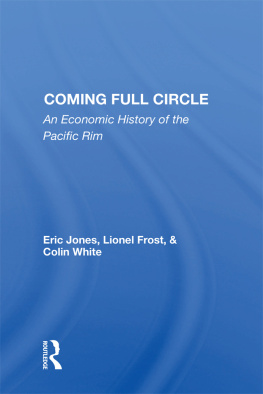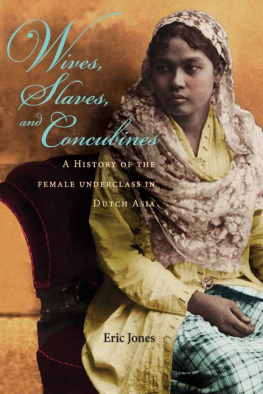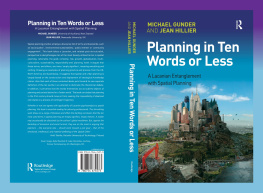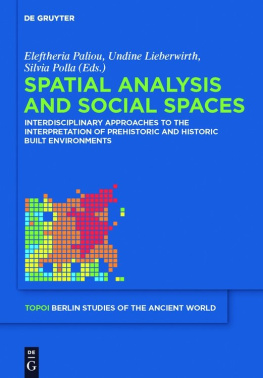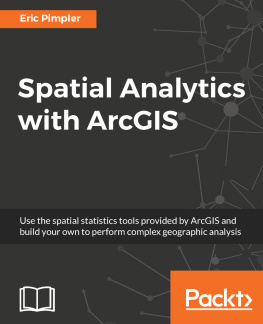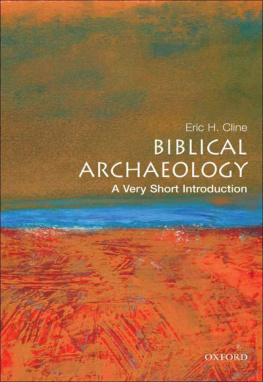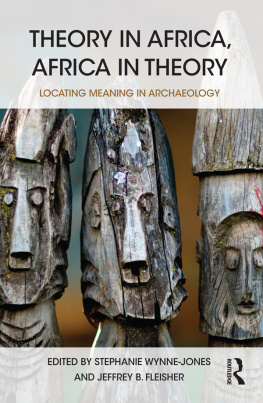Process and Meaning
in Spatial Archaeology
Process and Meaning
in Spatial Archaeology
Investigations into Pre-Columbian Iroquoian Space and Place
Edited by Eric E. Jones and John L. Creese
University Press of Colorado
Boulder
2016 by University Press of Colorado
Published by University Press of Colorado
5589 Arapahoe Avenue, Suite 206C
Boulder, Colorado 80303
All rights reserved
Printed in the United States of America

The University Press of Colorado is a proud member of Association of American University Presses.
The University Press of Colorado is a cooperative publishing enterprise supported, in part, by Adams State University, Colorado State University, Fort Lewis College, Metropolitan State University of Denver, Regis University, University of Colorado, University of Northern Colorado, Utah State University, and Western State Colorado University.
This paper meets the requirements of the ANSI/NISO Z39.481992 (Permanence of Paper).
ISBN: 978-1-60732-509-3 (cloth)
ISBN: 978-1-60732-510-9 (ebook)
If the tables in this publication are not displaying properly in your ereader, please contact the publisher to request PDFs of the tables.
Library of Congress Cataloging-in-Publication Data
Names: Jones, Eric E., editor. | Creese, John L. (John Laurence), editor.
Title: Process and meaning in spatial archaeology : investigations into pre-Columbian Iroquoian space and place / editors, Eric E. Jones, Wake Forest University, John L. Creese, North Dakota State University.
Description: Boulder : University Press of Colorado, 2016. | Includes bibliographical references.
Identifiers: LCCN 2016032562| ISBN 9781607325093 (cloth) | ISBN 9781607325109 (ebook)
Subjects: LCSH: Iroquois IndiansAntiquities. | Social archaeologyNortheastern States. | Social archaeologyCanada, Eastern. | Northeastern StatesAntiquities. | Canada, EasternAntiquities.
Classification: LCC E99.I7 P76 2016 | DDC 974.7004/9755dc23
LC record available at https://lccn.loc.gov/2016032562
Cover image credits, top to bottom: photo by John L. Creese; photo courtesy of Archaeological Services Inc. and Jennifer Birch; photo by Eric E. Jones; photo courtesy of Archaeological Services Inc. and Jennifer Birch.
Contents
Eric E. Jones and John L. Creese
Erin C. Rodriguez and Kathleen M.s. Allen
John L. Creese
Kathleen M.s. Allen and Sandra Katz
Jennifer Birch, Robert B. Wojtowicz, Aleksandra Pradzynski, and Robert H. Pihl
Eric E. Jones
Crystal Forrest
John P. Hart and William E. Engelbrecht
Ronald F. Williamson and Dean Snow
Preface
This volume grew out of a session at the 2011 Society for American Archaeology meetings in Sacramento. The session was titled Bridging the US-Canadian Border: The Anthropological Archaeology of Northern Iroquoian Peoples, and the simple goal was to improve communication between American and Canadian archaeologists working on questions related to Northern Iroquoian societies. Although we are working on similar cultures and addressing similar questions, we communicate sporadically and collaborate even less. Archaeologists of Iroquoian societies are an interesting lot. We are often very familiaralmost obsessively sowith the body of knowledge of our culture area. I place this term in quotations here because the invisible line between the United States and Canada bisects the actual Northern Iroquoian culture area and, as a result, creates two ad hoc culture areas: Ontario Iroquoian and New York Iroquoian. However, we often fail to cross this false boundaryeven though Haudenosaunee, Wendat, and other Iroquoian-speaking people, material culture, and ideas did and do all the timeto learn about the totality of Northern Iroquoian diversity and commonalities. As a result, our work has suffered in many ways from a lack of contextualization at greater scales. The hope of the participants was that this session would begin to remedy these problems. We think it has. Since the session, we have had many more discussions across the border, data sharing, a much better knowledge of the literature from Canadian archaeologists, and the beginning of a number of collaborative research projects. Thus, the session was successful in its very simple yet important goal.
As with most archaeological ventures, the completion of one goal spawns new questions and new goals. Session participants presented on a wide variety of topicsincluding household archaeology, settlement ecology, identity and personhood, Iroquoian-European interactions, paleopathology, spiritualism, settlement coalescence, and ethnogenesisdisplaying the vibrancy of Northern Iroquoian archaeology. This was not necessarily surprising to those of us who have worked in the region for more than even a few years. However, an unexpected outcome of the session was the realization that many of the researchers were addressing questions of space and place in creative and informative ways. Research ventures touched on a number of other cultural topics, ranging from subsistence ecology to built space to gender and domestic practice.
While settlement studies have been a part of archaeology since the beginning, this area of research has truly evolved over the last thirty years with the introduction of computing technology, geographic information systems, and the integration of new methods and theoretical models from geography and other fields. This new wave of settlement research has focused not only on the patterning of past societies across the landscape but also on explanations behind those patterns and connections among settlement and society, ideology, and identity. New technology and associated methods are allowing us to test old hypotheses, and our explanations can be routinely supported by rigorous statistical analyses. Canadian and American archaeologists working with data from Iroquoian sites have long been interested in settlement questions and have been at the forefront of these methodological and theoretical developments since the early 1970s. We feel the works in this volume illustrate the continued strength of this tradition in Iroquoian archaeology while pointing to important new directions in the archaeological study of space and place.
Given the breadth and vibrancy of settlement research conducted on both sides of the Canada-US border, we concluded that a publication on this theme would be a valuable and timely project of interest not only to other Iroquoianists but also to researchers investigating questions relating landscape, space, and place to a multitude of other cultural phenomena. Several books and volumes have been dedicated to spatial archaeology, but many are focused on methods. The research projects in this volume use new and innovative spatial archaeology methods along with complex theoretical models to interpret and explain the results. This volume is the result of many months of hard work by many researchers to produce a compilation that not only contributes to the study of space and place in archaeological contexts but also highlights the innovative research that is ongoing in southern Ontario, Qubec, and upstate New York using data from Northern Iroquoian archaeological sites.


 The University Press of Colorado is a proud member of Association of American University Presses.
The University Press of Colorado is a proud member of Association of American University Presses.
